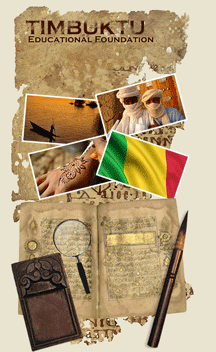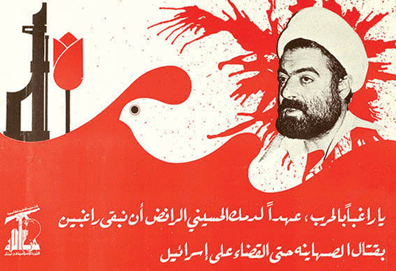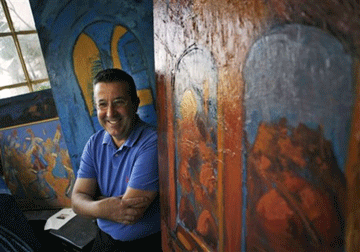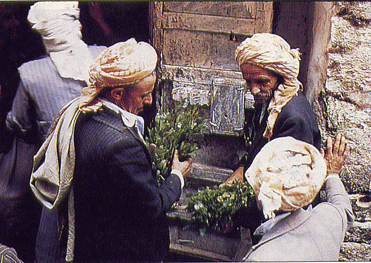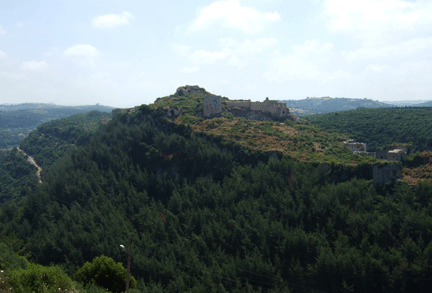
Melody Moezzi, writer, activist, author and attorney
by Melody Moezzi, NPR, July 10, 2009 ·
It has been reported to death since last month’s Iranian presidential election: Young Iranian women are at the forefront of the opposition movement, maybe even at the forefront of the next revolution. What hasn’t been effectively reported, however, is the fact that this isn’t some new, mysterious phenomenon. As an Iranian woman, I can assure you, we weren’t just drinking tea and doing our makeup in the lead-up to all of this.
Women have been fighting for equal rights in Iran for years. Even during the Islamic revolution, women helped lead the struggle against imperialism, for a free and independent nation. They also made huge strides in improving reproductive rights by getting the government to subsidize birth control (hence the acute drop in birthrates after the revolution), and they began entering the work force and universities in ever-increasing numbers. Continue reading This Ain’t Your Mama’s Revolution: Or Is It?
